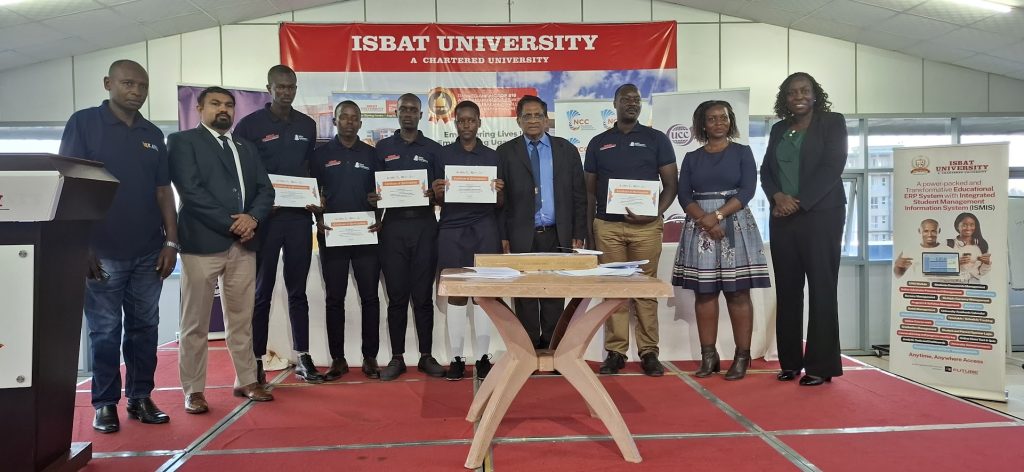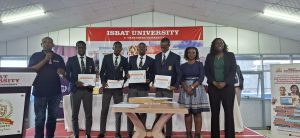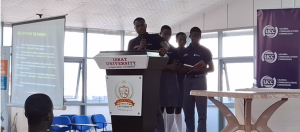Mt. St. Mary’s College Namagunga — Harnessing IoT for a Water-Secure Future with HydroSentinel

In an age where sustainability is no longer an option but a necessity, Mt. St. Mary’s College Namagunga has emerged as a leading example of how young innovators can use technology to protect our most vital resource — water. Through their project titled HydroSentinel: Smart Water Management System, the students have demonstrated a deep understanding of environmental conservation, engineering design, and real-world problem-solving using the Internet of Things (IoT).
Water leaks are a silent yet costly problem in many Ugandan homes, schools, and institutions. Often, they go unnoticed for days, leading to excessive wastage, inflated utility bills, and even structural damage. Recognizing this challenge, the Namagunga team designed HydroSentinel — a compact and intelligent water management prototype that automatically detects leaks and responds instantly to prevent further loss. This innovation not only conserves water but also contributes to sustainability goals and responsible resource management within learning environments.
At the heart of HydroSentinel is an ESP32 microcontroller, the “brain” of the system, which collects data from a flow sensor that monitors the movement of water through pipes. When abnormal flow patterns are detected — indicating a possible leak — the system activates a solenoid valve to automatically cut off the water supply. The device simultaneously triggers LED and buzzer alerts, ensuring that maintenance personnel or users are immediately notified. To ensure durability and energy efficiency, the system uses a buck converter for stable power regulation and includes manual reset functions for user control.
This thoughtful integration of sensors, automation, and user feedback highlights the team’s strong grasp of both IoT engineering and sustainability principles. The students didn’t just build a gadget — they designed a scalable solution that can be implemented in schools, offices, and residential homes to address one of Uganda’s most persistent environmental and economic problems. The project stands as a model of how technology can serve community needs, turning abstract STEM lessons into impactful real-world innovations.
Beyond its technical sophistication, HydroSentinel aligns with Sustainable Development Goal 6 (Clean Water and Sanitation) and Goal 12 (Responsible Consumption and Production). By ensuring that every drop of water counts, this project promotes environmental stewardship among the youth. It reflects a growing movement in Ugandan schools — driven by ICT Clubs under the guidance of the Uganda Communications Commission (UCC) and coordinated by KAWA Uganda — to empower students to use digital innovation for local problem-solving.
The success of HydroSentinel proves that Uganda’s next generation of innovators is ready to lead the country’s green transformation. The project exemplifies what happens when curiosity meets purpose: a blend of engineering intelligence, environmental awareness, and social responsibility.
Through this innovation, Mt. St. Mary’s College Namagunga reaffirms its position as a hub of excellence — nurturing bright minds that think critically, act creatively, and design solutions for a better and more sustainable tomorrow.





